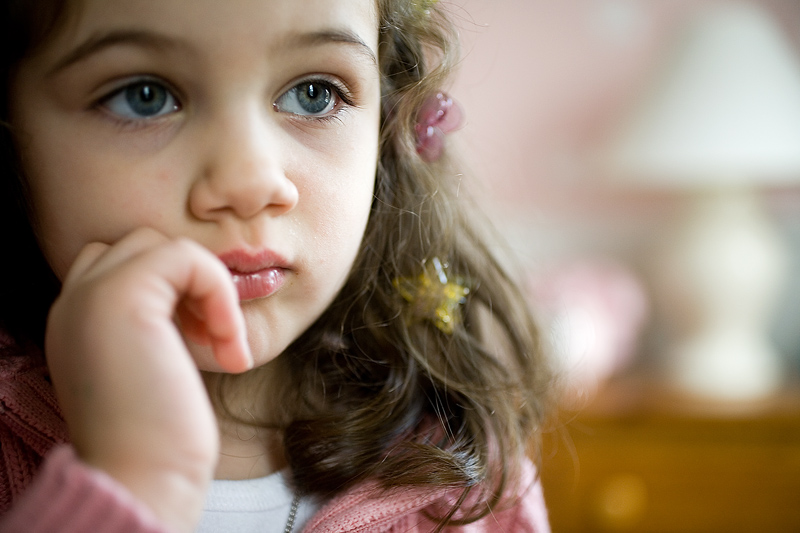
MONDAY, March 1 (HealthDay News) — Watching a child die of cancer is unimaginably heartbreaking for parents, and now a new survey shows that the urge to protect terminally ill children from any further pain led one in eight parents to consider hastening their child’s death.
Researchers from the Dana-Farber Cancer Institute in Boston asked 141 parents of children who had died of cancer about their experiences at the end of the child’s life.
About 13 percent of parents said they had considered asking caregivers about ending their child’s life, and 9 percent actually had the discussion. Five parents, or 4 percent, asked for medications to end their child’s life. Only three parents said they had hastened their child’s death using medication. All three parents said they’d used morphine.
The parents’ main motivation was sparing their child unnecessary pain, according to the survey. Of all parents surveyed, about 34 percent said they would have considered hastening death if the child had been in uncontrollable pain.
“It’s one of life’s greatest tragedies to be facing the death of a child,” said the study’s senior author, Dr. Joanne Wolfe, chief of pediatric palliative care at Dana-Farber and director of palliative care at Children’s Hospital Boston. “It’s also very difficult as a clinician to be taking care of a dying child. We aim to cure the child, or at least give them a very, very long life. Unfortunately, we are at a stage where some children do succumb to their illnesses. We have an equal obligation to ensure they are as comfortable as possible at the end of life.”
A report on the survey is in the March issue of Archives of Pediatrics & Adolescent Medicine.
Dr. John Lantos, a pediatric bioethicist at Children’s Mercy Hospitals and Clinics in Kansas City, Mo., noted that the term “hastening death” is different from what is normally considered euthanasia or assisted suicide. In assisted suicide, patients are given medication or anesthetics with the express purpose of ending their life. The parents in the survey who said they hastened their child’s death used morphine. The purpose of that may have been to ease the child’s pain, with a side effect being the possibility of hastening death, instead of death being an explicit goal.
“Hastening death is not the same as euthanasia or assisted suicide,” Lantos said. “It’s an important, subtle distinction.”
In the study, the parents, who were interviewed a year or more after their child’s death, were asked about their feelings on hypothetical vignettes involving a terminally ill child in excruciating pain. About half of the parents said they would consider hastening the death of a child in uncontrollable pain or an irreversible coma.
None of the parents said they would think of hastening a child’s death because of the burden of caring for them, and just one said that the cost of medical care would be a consideration.
Though end-of-life care for older people has gotten more attention in recent years, the subject has not been well-studied among children, Wolfe said.
“It’s heart-wrenching, and that’s a big reason why we tend not to talk about these issues as much,” Wolfe said. “But the end result is children and their families are not getting the attention that they deserve and their needs met.”
The field of hospice and palliative care has improved in recent years, with strides being made to better manage both physical pain and help support families and terminally ill children in dealing with their emotional pain, existential pain and anxiety, Wolfe said.
“However, I think we still have a long way to go,” she said. “We can’t honestly promise parents their child’s end of life will be pain-free.”
Wolfe said there is a great need for end-of-life discussions to help make a horrible situation a little more bearable for the children and their families, whose greatest fear is often that their child will suffer.
A second study from the same journal explores some of the difficulties faced by parents of terminally ill children with cancer.
That survey found that, as a child’s condition worsened, the loss of the child’s ability to communicate was especially hard to bear. The survey involved 25 parents of 17 children who had died of brain tumors.
Parents also struggled with how to talk to their child about death and with balancing other responsibilities, such as jobs, finances and meeting the needs of other children. Parents who wanted to have their child die at home also faced barriers, including inadequate symptom control, financial and practical hardships and a lack of community support, the survey found.
To cope with their anger, stress and grief, parents reported striving to maintain as much normalcy as possible and finding strength in maintaining hope and in the resilience of the child.
“We hope this report will increase the awareness of health-care professionals concerning the challenges these families face and the need for anticipatory guidance and education of patients and families early in the course of illness,” said the authors, from Children’s Hospital, London Health Sciences Center, in Ontario, Canada.
More information
The American Cancer Society has more on children and cancer.

